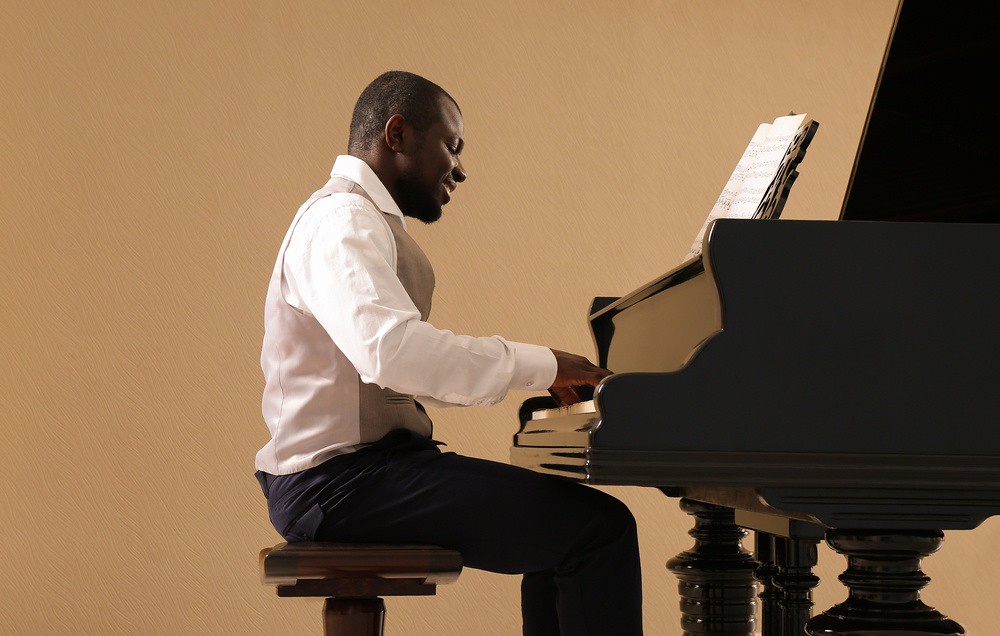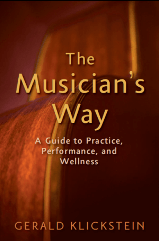
The Musician’s Way, p. 24
Many years ago I had lunch with two veteran music teachers who advocated what I call the “notes first” practice method.
In their estimation, students should practice new repertoire mechanically – that is, students should “get the notes” – and pursue interpretation afterward.
I knew that numerous teachers shared that opinion, but I advocated for the reverse approach.
I still do.
Musical Ideas First
Whatever music we play or sing, our aim is to express musical ideas, not mechanically spew out notes.
Without interpretive notions at the forefront, what part of us will be in the lead as we practice? Not the artistic part.
And what habits will we implant if we ignore the emotional soul of a composition? Not musical habits.
Besides, “notes first” practice is woefully inefficient.
At the outset of learning a piece, a performer’s technical decisions have to be rooted in an interpretive blueprint. Otherwise, arbitrarily chosen breath locations, fingerings, and so forth will likely conflict with a piece’s phrase structure.
“Notes first” practicers, therefore, don’t just ingrain mechanical habits; they’re also burdened with reworking their habits later on, after they’ve deciphered what a composition is about.
Efficiency & Artistry
In sum, when learning a new piece, our main objectives are to master the music efficiently and then perform artistically.
Hence, artistic expression should be front and center at each stage of the mastering process.
So, whenever we approach an unfamiliar composition, before we concern ourselves with technical execution, we should first get an overview of the music – for instance, by studying a score and listening to recordings.
“Artistic expression should be front and center at each stage of the mastering process.”
With an overview in place, we can then form a preliminary interpretive plan according to the musical content and our own artistic insights, applying what I call the 7 Essentials of Artistic Interpretation.
At that stage, we’re prepared to devise a suitable technical map and begin repetitive practice on our instrument.
In other words, by taking more time in the preliminary stages of the learning process, our practice can proceed with optimal artistry and efficiency, and we can typically be performance-ready in the least possible time.
Moreover, by focusing on artistry from the start, even at the earliest stages of playing or singing an unfamiliar piece, our every phrase vibrates with life, and expressive musicianship – not mechanical execution – becomes our default habit.
The Musician’s Way articulates an inclusive approach to music practice and performance. Preview the book and read reviews at Amazon.com.
Related posts
7 Essentials of Artistic Interpretation
The Art of Spontaneity
Learning New Material
Mastery and Mystery
Soulful Control
© 2018 Gerald Klickstein
Adapted from The Musician’s Way, pages 23-24
Photo © Africa Studio, licensed from Shutterstock

